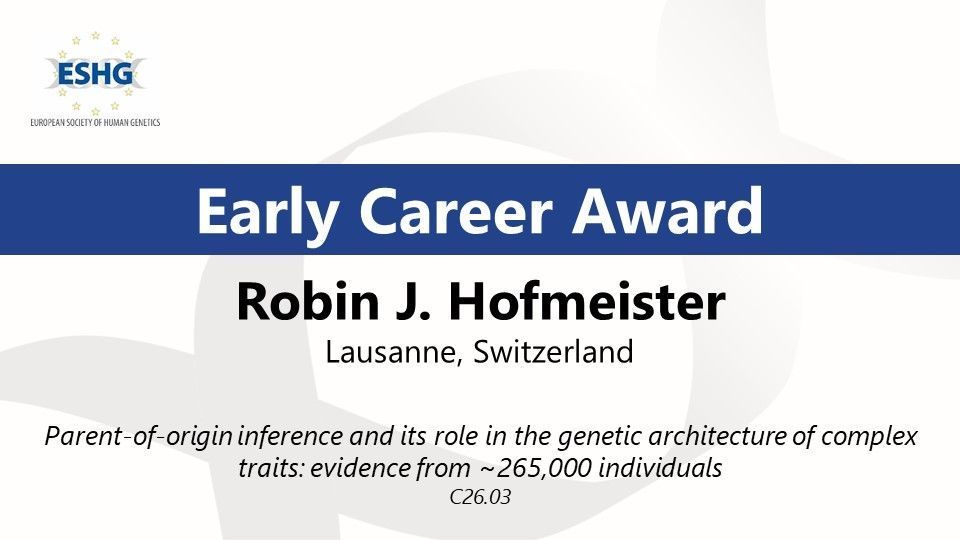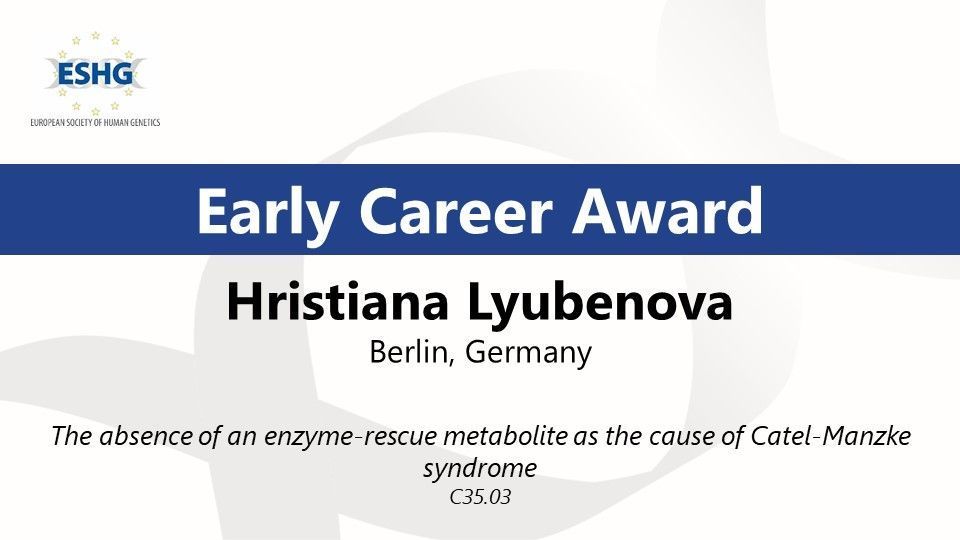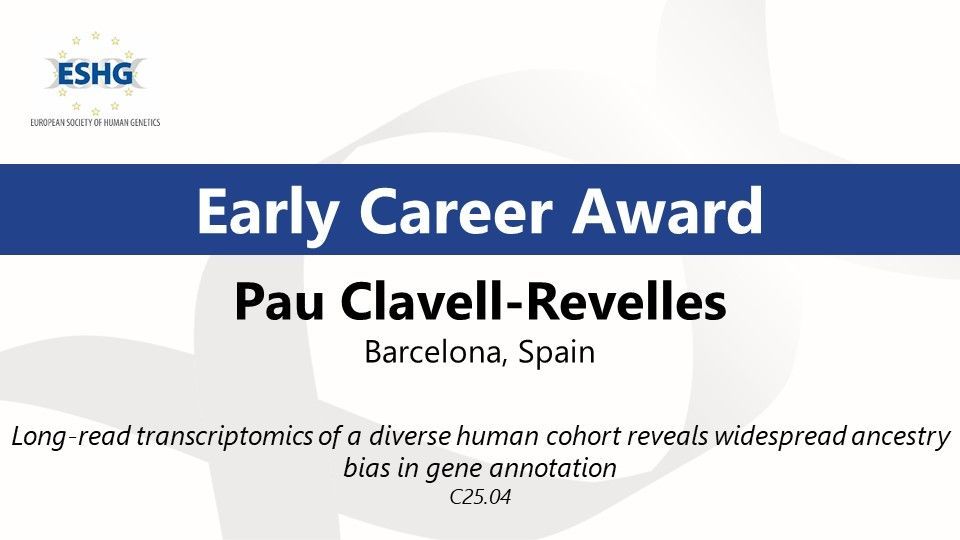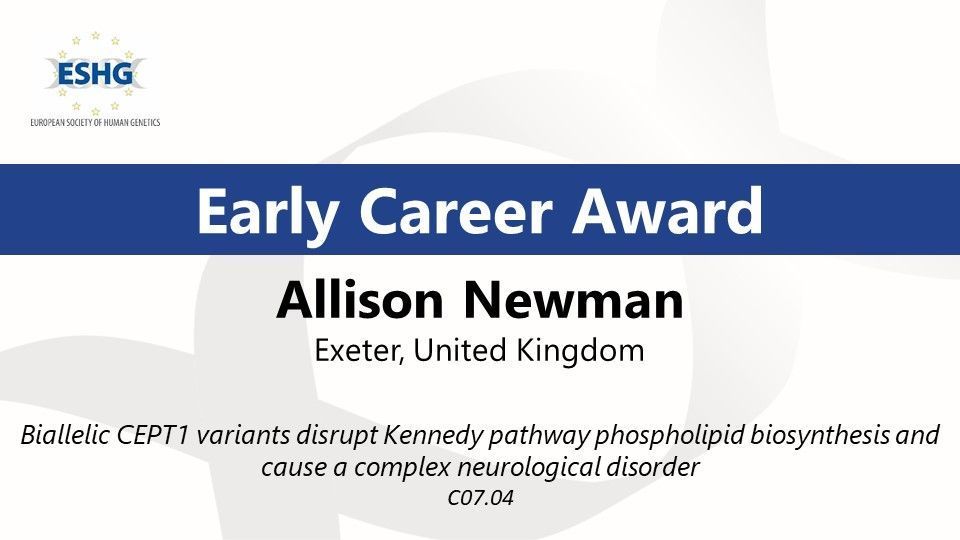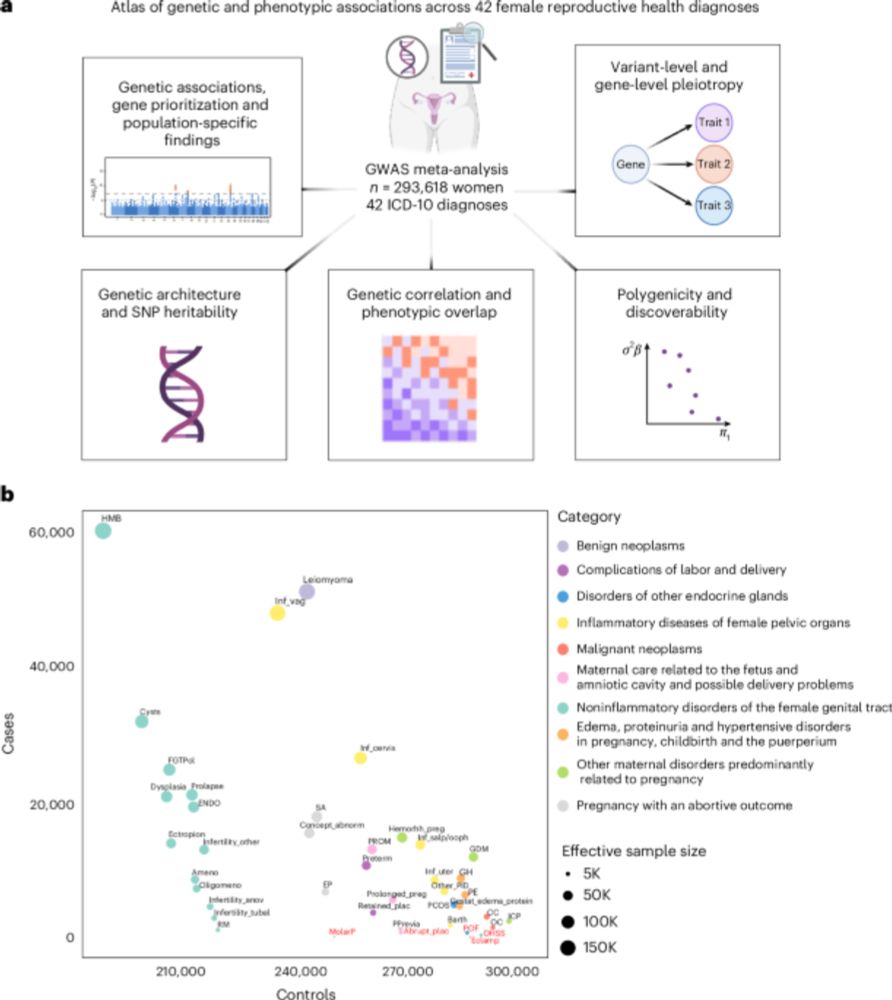@npujol.bsky.social
53 followers
76 following
10 posts
👩💻 -omics and data-driven approaches to advance women's health
👉🏽 Postdoc at Life Sciences Dpt, BSC
🧬 PhD in female reproductive genomics 🇪🇪🇫🇮
📍Barcelona 🌍 music & travel enthusiast
Posts
Media
Videos
Starter Packs
npujol.bsky.social
@npujol.bsky.social
· May 27
Reposted
Andrew Johnson
@adjomics.bsky.social
· May 9

Genome-wide Meta-Analysis of Heavy Menstrual Bleeding Reveals 36 Risk Loci - PubMed
Heavy menstrual bleeding (HMB) is a widespread occurrence among women of reproductive age and inflicts a substantial impact on well-being and healthcare expenses. To better characterize the genetic ar...
pubmed.ncbi.nlm.nih.gov
Reposted
Samvida Venkatesh
@samvidav.bsky.social
· Apr 14
Reposted
Lili Milani
@lilimilani.bsky.social
· Apr 7

The Estonian Biobank’s journey from biobanking to personalized medicine - Nature Communications
Large-scale biobanks have become a font of data that have led to discoveries across many fields of research. Here, the authors provide an overview of the Estonian Biobank, highlighting its value for r...
www.nature.com
npujol.bsky.social
@npujol.bsky.social
· Mar 17
npujol.bsky.social
@npujol.bsky.social
· Mar 17
npujol.bsky.social
@npujol.bsky.social
· Mar 17
npujol.bsky.social
@npujol.bsky.social
· Mar 17
npujol.bsky.social
@npujol.bsky.social
· Mar 17

